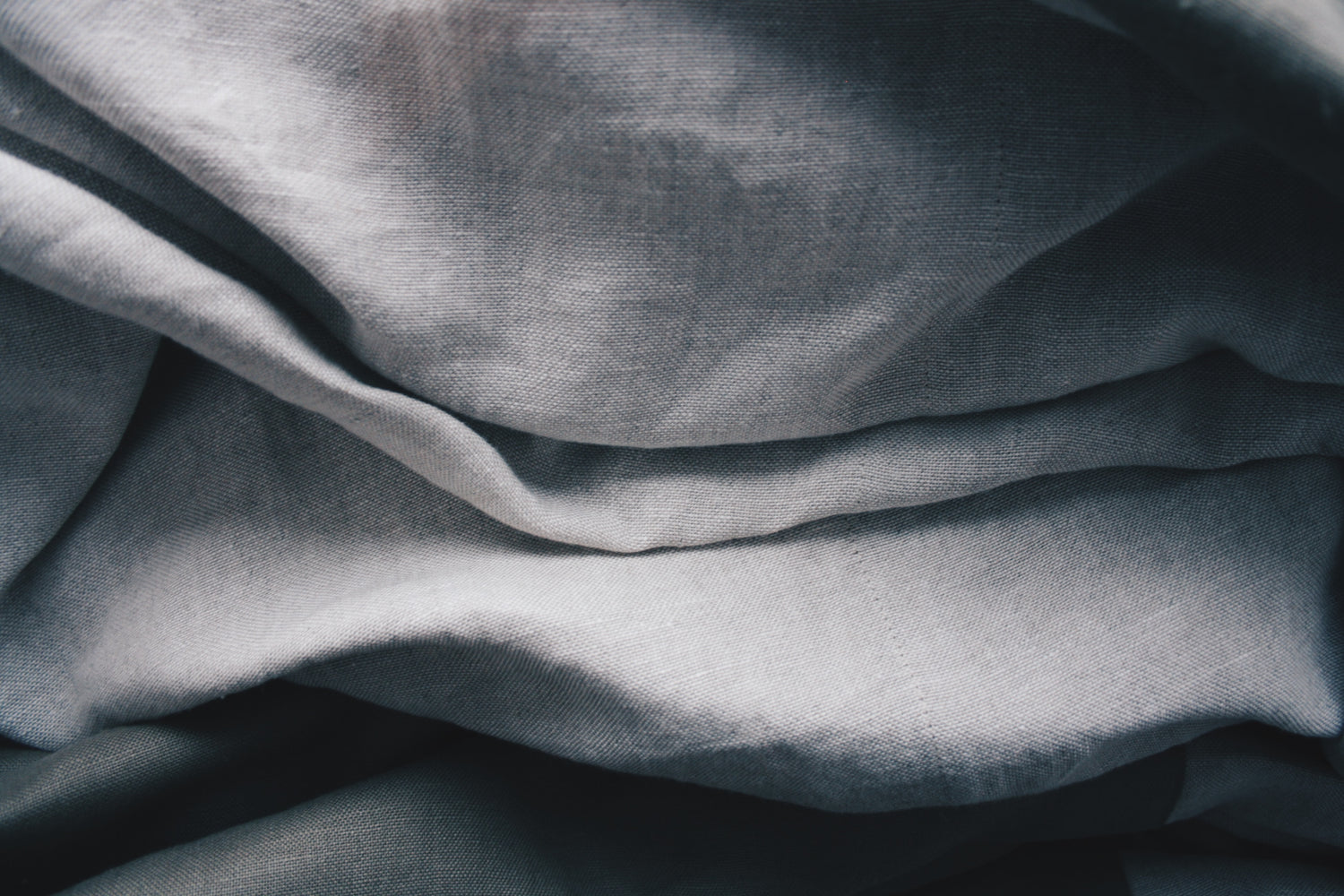Despite its rarity, people like linens enough that there are many products made entirely of linen. We here at Couleur Nature are proud to offer many of our own hand-woven linen collections, like our aprons, towels, napkins, runners, and tablecloths.
What is Linen Made From?
Linen is made of the fibers of the flax plant. It is a soft fiber, taken from below the stem of the plan. Linen is much stronger, hard-wearing and more luxurious than cotton. Only linen made from the finest flax fibers is used in our tablecloths, table runners and placemats.
How is Linen Made?
Linen is made by taking the flax fibers from the flax plant and spinning them into a long, fine yarn. During the spinning, the flax fibers are dampened, to prevent any loose threads. These fibers are then woven together to make a fabric sheet, and this is how linen is made.
Where does linen come from?
The fiber that linen is made from is grown in the mediterranean, and central asia, so fine and exotic linens originally came from north africa, egypt and greece, before making their way around the world. Our linens are intricately and delicately hand printed in india, before making their way to your elegant dining table.
What color is natural linen?
Natural linen is the colour of blond hair. Light and golden, depending on the plant. This is where the term ‘flaxen haired’ comes from, because bundles of unwoven or unspun linen threads looked like locks of golden hair. Our linens are expertly dyed their vibrant colours, using traditional block printing techniques.

As you know, Couleur Nature offers a wide range of linens. And while we all appreciate fine linens for its craftsmanship and texture, most people don’t know what linens are. I didn’t; I was always content to describe it to myself as “fancy cloth.” But with the release of our new Khadhi Laundered Linens, I’m going to change that.

It turns out that linen is woven from the fibers of the flax plant, Linum usitatissimum. Linen is created with a special method called the linen weave. In the linen weave, the threads are aligned and woven into a simple criss-cross pattern. Each thread on one side crosses the other side by going over one thread, then under the next, and so on. The next thread then goes under the thread that its neighbor went over, over what its neighbor went under, and so on. Confused? That’s perfectly normal. Because of its intricate nature, linen is labor-intensive and tricky to manufacture; a reason which contributes to its exclusivity as a fabric.

Linen fabrics are among the oldest in the world, with a history dating back thousands of years. Fragments of linen which date back to 8000 BC have been found in Swiss lake dwellings. However, linen may have come into being even farther back. Dyed flax fibers found in a prehistoric cave in Georgia have been dated at 36,000 BP (Before Present).
Linen has usually been seen as a special fabric in human society. It was even used as currency in ancient Egypt. Their mummies were wrapped in linen as a symbol of light and purity, as well as a display of wealth. Even today, linens are prized for their exceptional coolness and freshness in warm weathers, a fact which I’m sure many of you will appreciate in the coming summer months.



